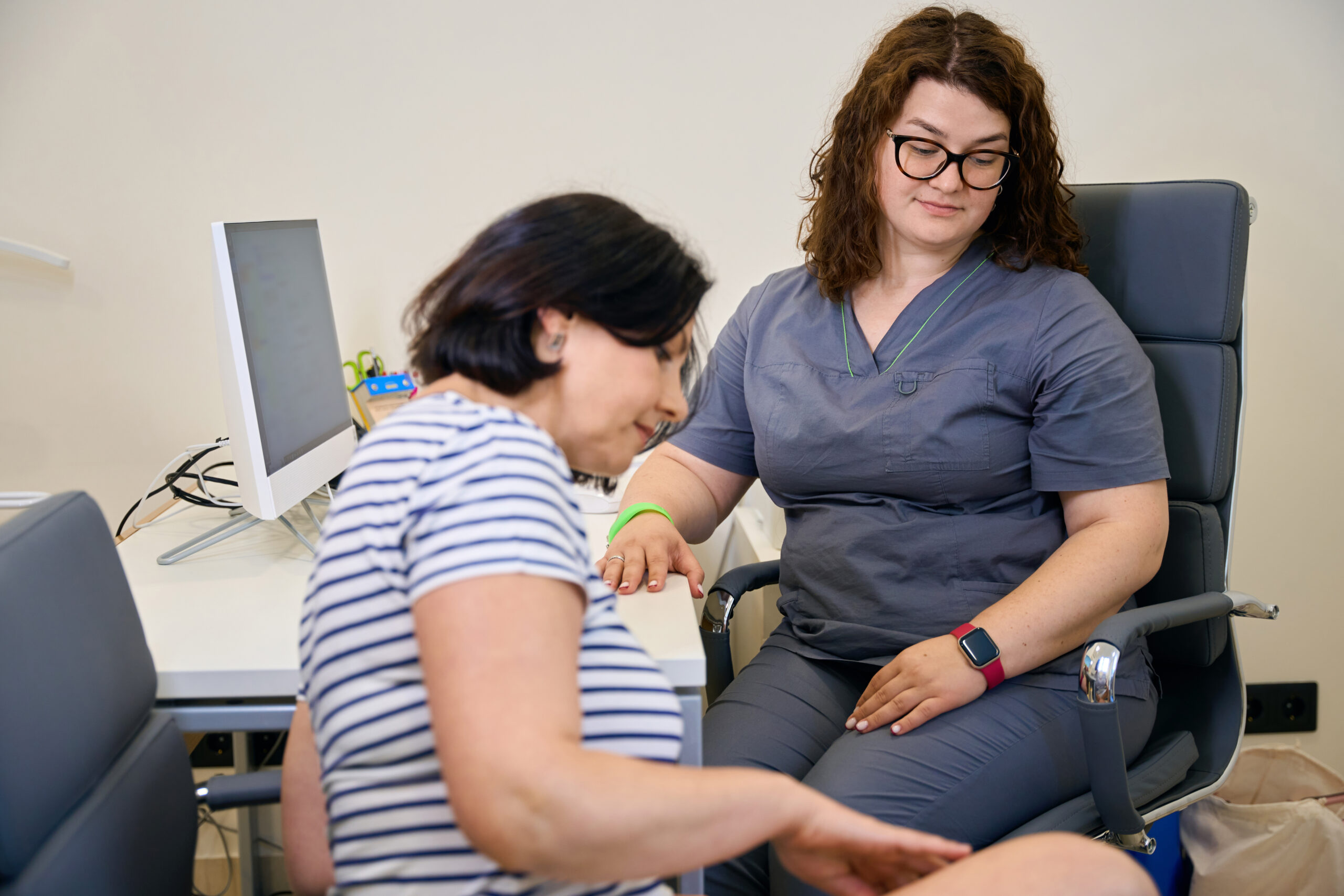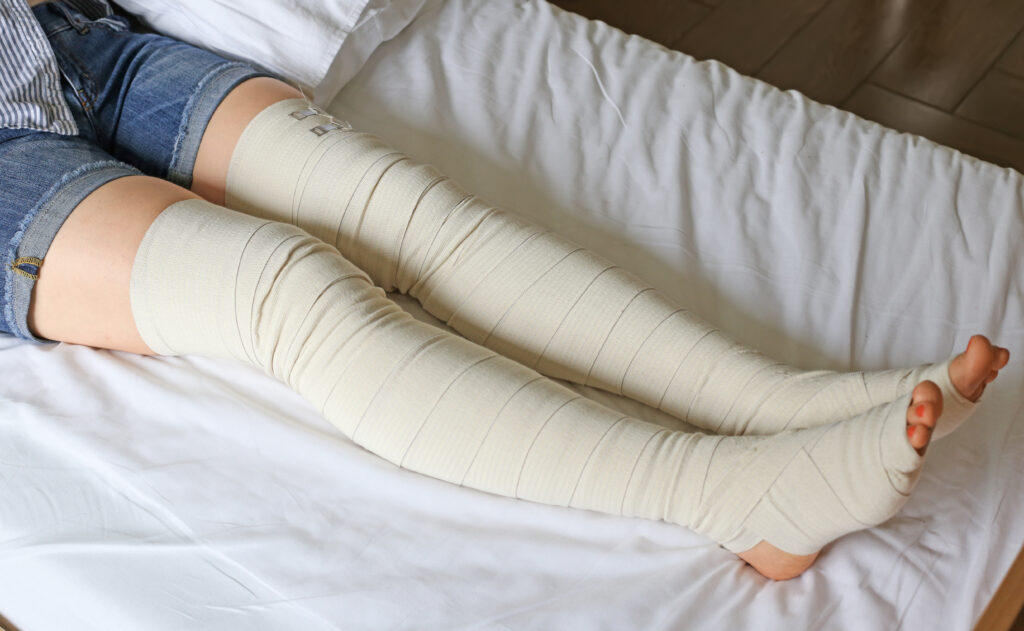Lymphedema is a condition that affects millions of people worldwide, yet it often goes unnoticed until symptoms become difficult to manage. For breast cancer survivors, in particular, the risk of developing lymphedema is higher due to treatments like surgery and radiation. As we move into 2025, it’s essential to stay informed about the latest prevention strategies, treatments, and lifestyle adjustments that can help manage this condition effectively.
March is Lymphedema Awareness Month
Lymphedema Awareness Month is observed every March to educate the public, support those affected, and advocate for better healthcare solutions. This month was chosen to recognize the millions of people managing this chronic condition and to push for continued research and treatment advancements. Organizations worldwide use March to spread awareness, encourage early detection, and highlight resources that can improve quality of life for individuals at risk.
World Lymphedema Day - March 6
One of the most important dates within Lymphedema Awareness Month is World Lymphedema Day, observed annually on March 6. This day is dedicated to raising global awareness about lymphedema and related lymphatic disorders. It serves as a platform for advocacy, education, and support for those affected by the condition. Patients, healthcare professionals, and advocacy groups come together to promote better treatments, research, and resources for managing lymphedema.
What Is Lymphedema?
Lymphedema is a chronic condition that occurs when the lymphatic system is unable to drain lymph fluid properly, leading to swelling, usually in the arms or legs. It can develop after cancer treatments that involve the removal of lymph nodes, particularly following a mastectomy or lumpectomy.
The condition may start with mild swelling but can progress to severe discomfort and limited mobility if not managed properly. Understanding the causes and early warning signs can make a significant difference in preventing complications.
Learn more about lymphedema treatment and management post-mastectomy.
Early Signs and Risk Factors
Recognizing the early signs of lymphedema can help with prompt intervention. Here are some symptoms to watch for:
- Swelling in the arm, hand, or chest area
- A feeling of heaviness or tightness in the affected limb
- Decreased flexibility or range of motion
- Skin changes such as redness, firmness, or tightness
People who have undergone breast cancer treatment, especially those with lymph node removal, are at a higher risk. However, lifestyle factors such as diet, weight management, and physical activity also play a crucial role in prevention.
Explore essential post-surgery care tips to prevent lymphedema.

How to Reduce Your Risk
Although lymphedema is a lifelong condition, there are steps you can take to minimize your risk and manage symptoms effectively. Some of the most recommended prevention and management strategies include:
1. Wearing Compression Garments
Compression sleeves or garments help improve lymphatic flow and reduce swelling. These are especially helpful for those at risk after breast cancer surgery.
2. Practicing Regular Exercise
Gentle exercises can promote circulation and lymphatic drainage. Low-impact activities like yoga, stretching, and resistance training are particularly beneficial.
Discover the best exercises to prevent lymphedema.
3. Maintaining a Healthy Diet
What you eat can directly impact lymphatic health. Consuming anti-inflammatory foods and staying hydrated can help manage swelling and support overall well-being. Avoiding processed foods, excess salt, and alcohol can also make a difference.
Check out a lymphedema-friendly diet plan.
4. Practicing Proper Skin Care
Since lymphedema increases the risk of infections, keeping the skin moisturized and avoiding cuts or scrapes can prevent complications. Always use gentle, non-irritating lotions and protect your skin from sunburn and injuries.
5. Seeking Professional Treatment
There are various therapies available, including manual lymphatic drainage (MLD), physical therapy, and advanced treatments like laser therapy. Consulting a specialist can help you determine the best course of action.
Latest Research and Advancements in Lymphedema Treatment
Recent research has shed light on new treatment approaches and insights into lymphedema management:
- Racial and Ethnic Disparities in Lymphedema Risk: A study from Memorial Sloan Kettering Cancer Center found that Black, Hispanic, and Asian women have a higher risk of developing lymphedema compared to white women. This highlights the need for more tailored prevention and treatment strategies. (Read more)
- Innovative Imaging Techniques: Researchers at The Ohio State University Comprehensive Cancer Center are developing ultra-high-frequency ultrasound technology to improve diagnosis and treatment. This advancement allows for more precise assessments and personalized care. (Learn more)
- Surgical Innovations: Minimally invasive procedures, like lymph node transplantation, have shown promise in restoring lymphatic function and reducing swelling. (Explore the latest procedure)
- Potential Drug Treatments: Researchers have identified promising drug targets that may help manage lymphedema symptoms, offering hope for non-surgical treatment options. (Read about the findings)
- Nanotechnology Applications: Cutting-edge research on nanoparticle-based treatments aims to repair lymphatic vessel function, moving beyond symptom management to potentially curative solutions. (Find out more)
The Emotional and Mental Impact of Lymphedema
Beyond the physical symptoms, lymphedema can take a toll on emotional and mental well-being. Many women experience frustration, self-consciousness, and anxiety about their condition. Finding support through community groups, counseling, or even adaptive fashion solutions can help improve confidence and overall quality of life.
At Front Room Underfashions, we believe that feeling good in your skin—both physically and emotionally—is essential. Our collection of post-mastectomy and compression garments is designed to help you feel comfortable and supported every step of the way.
Managing lymphedema can become more manageable and less daunting by prioritizing self-care, proper treatment, and community engagement. If you or a loved one is at risk, now is the time to take proactive steps toward a healthier future.
